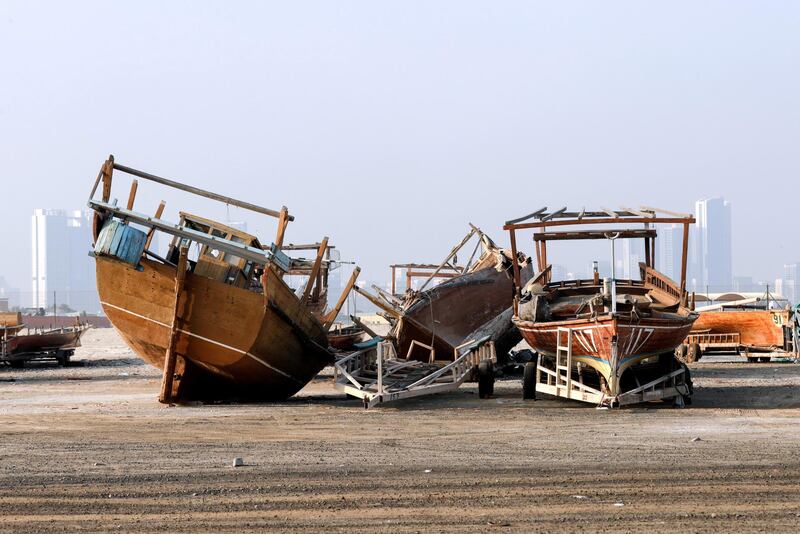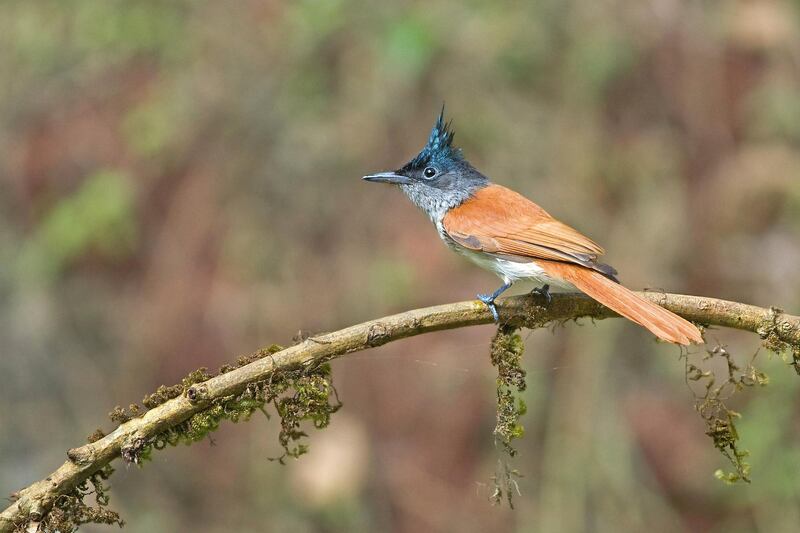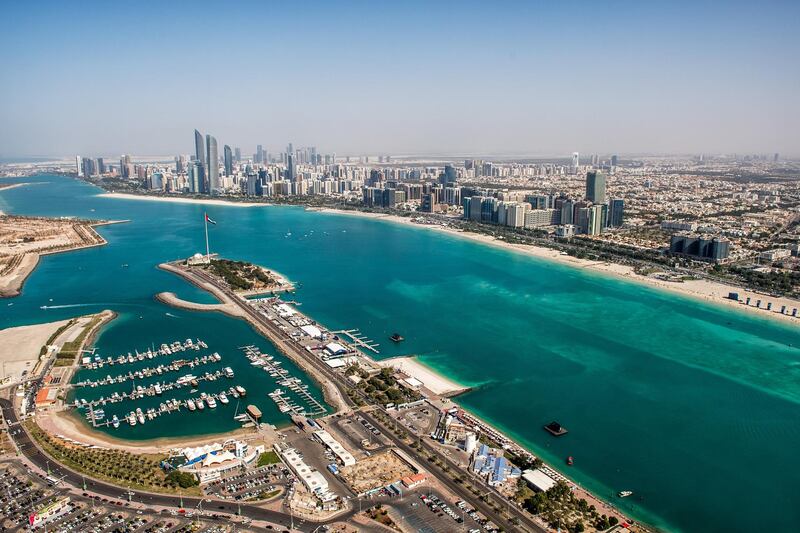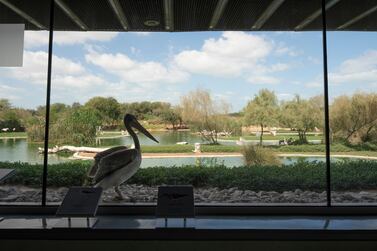Last weekend Abu Dhabi’s Department of Culture and Tourism launched its ‘Urban Treasures’ campaign to draw attention to places in both Abu Dhabi and Al Ain which, in its view, are worthy of being recognised as having ‘cultural significance.’
Announcing the campaign, DCT Chairman Mohammed Al Mubarak singled out “the most long-established eateries and shops in Abu Dhabi". They are, he said, “cultural touchpoints that resonate with the public as intrinsic parts of how they remember the emirate".
It is a worthy initiative, which deserves support. Away from the malls and the five-star hotels, there are a host of little places that for a modest price have been serving satisfied customers for many, many years. I myself am rather fond of a little place where I often stop in the mornings to buy a piping hot cup of coffee. It lacks glitz and glamour, to put it mildly, but it is to me as much part of Abu Dhabi as many other, better-known establishments.
I hope though that attention will be paid to other aspects of our urban life that can be found in the half-forgotten, half-overlooked, nooks and crannies of our thriving modern cities. They are not all, I am glad to say, a collection of shining new metropolises. There is much more besides.
One such out-of-the-way corner lies on the fringe of Abu Dhabi island, not far from where traditional wooden dhows were still being built a decade or so ago.
The dhow yard has now been replaced by a hotel, while the little corner now survives in the shadow of a line of fancy new glass and concrete apartment blocks. Approached along a narrow winding road that is easy to overlook altogether, half-hidden between an avenue of tall trees, this corner holds a small marina, a tiny little grocer’s and a modest establishment claiming to sell everything that the amateur fisherman might need.
A walk along the side of the marina brings you to a casually decorated two-floor restaurant overlooking the sea. Here one can sit and toss bits of bread into the waters, attracting screaming clouds of seagulls, in the winter months at least, when the gulls migrate here from further north. It is one of the rare places on the island that still has a feeling of something of the wildness of the sea about it. If it were to be spruced up, I fear its character might disappear altogether.
There’s more here than fishermen’s supplies and screaming gulls. In a private dock adjacent to the marina, visible, although not open to random visitors, is a massive, carefully-crafted wooden replica of Noah’s Ark or at least of an artist’s impression of the Ark. Few, I suspect, know of it, apart from those who frequent the marina. It is not, perhaps, what one might expect to find in Abu Dhabi, but then that is part of its charm.
Another favourite place of mine is a tangled wood tucked away between the walls of a palace and a large leisure complex. The shade cast by the trees means that it is pleasantly cool, except in the heat of summer. When the wind is blowing, you can hear the branches swaying while walking through it as our rare rainfall drips through the trees is a pleasure that’s difficult to find in Abu Dhabi, even in our well-kept parks and gardens.
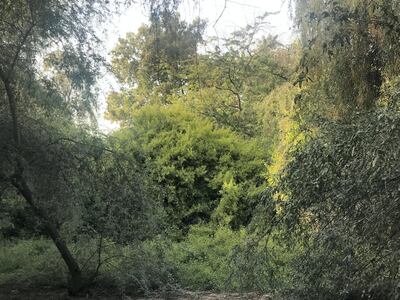
It is a great place for birds too. One beautifully coloured migrant, an Indian paradise-flycatcher, has been here for the last month, only the second time the species has been spotted anywhere in the whole of the Middle East. Apart from the occasional birdwatcher and dog-walker, the wood is visited by few apart from labourers using it as a short-cut. Again, to me, it is an essential part of Abu Dhabi, although, as I write this, I have a sneaking hope that it won’t now become too popular.
We could, too, look outside the cities to remind ourselves of what there is to see in this remarkably diverse country. In a recent column, I mentioned that a friend and I had been discussing the little-known fact that the Tropic of Cancer runs through Abu Dhabi's Al Dhafra Region. The line of its passing was not then marked on any of the roads leading south to Liwa, and we talked about the idea of a sign being erected, with an adjacent information centre for visitors.
I am surprised how many people seem unaware that a part of Abu Dhabi is in the tropics. Is that taught in our schools or used as a part of our tourism marketing? I doubt it. Now a sign marks the spot on the road to Madinat Zayed. It will, I am confident, become a popular place for people to stop and take pictures.
Much though I like the modernity of Abu Dhabi, its architectural feats and its distinct skyline, it is our tiny eateries, our culture, our heritage and, yes, our geography that are unique – something different that we should be proud to cherish and promote.
Peter Hellyer is a consultant specialising in the UAE's history and culture
